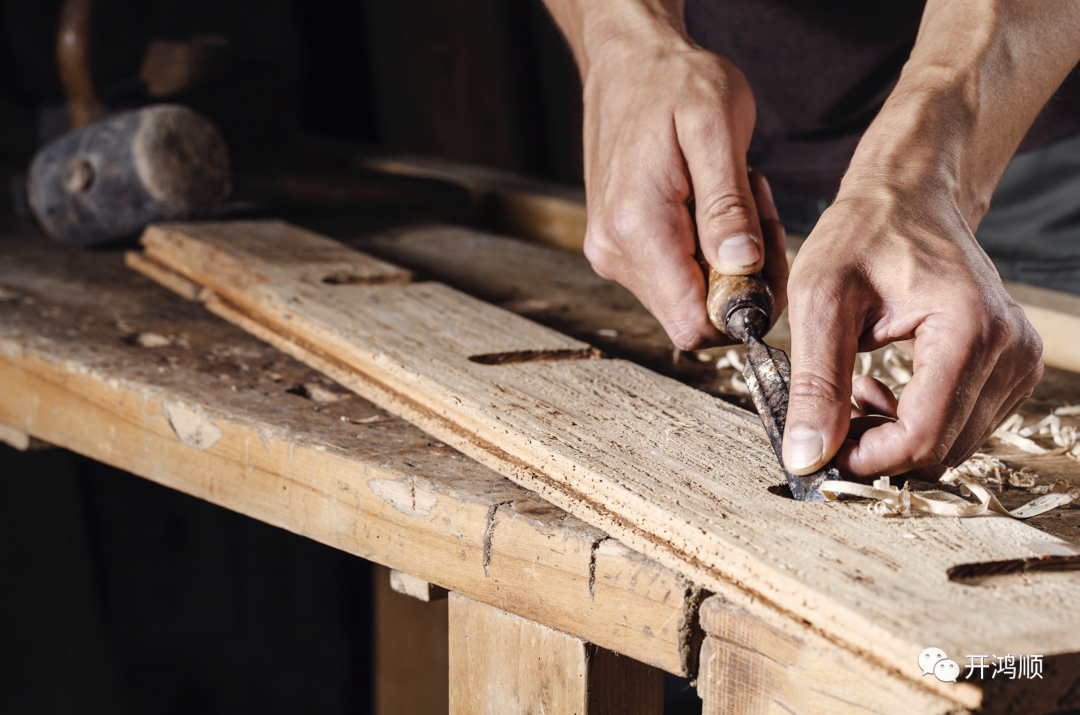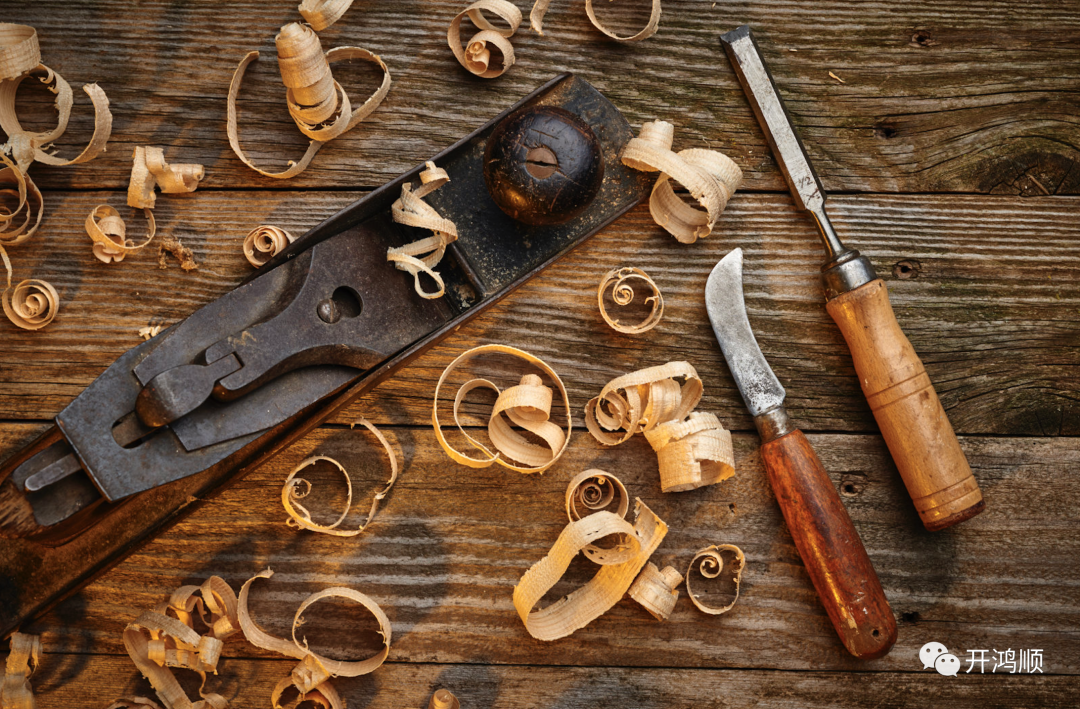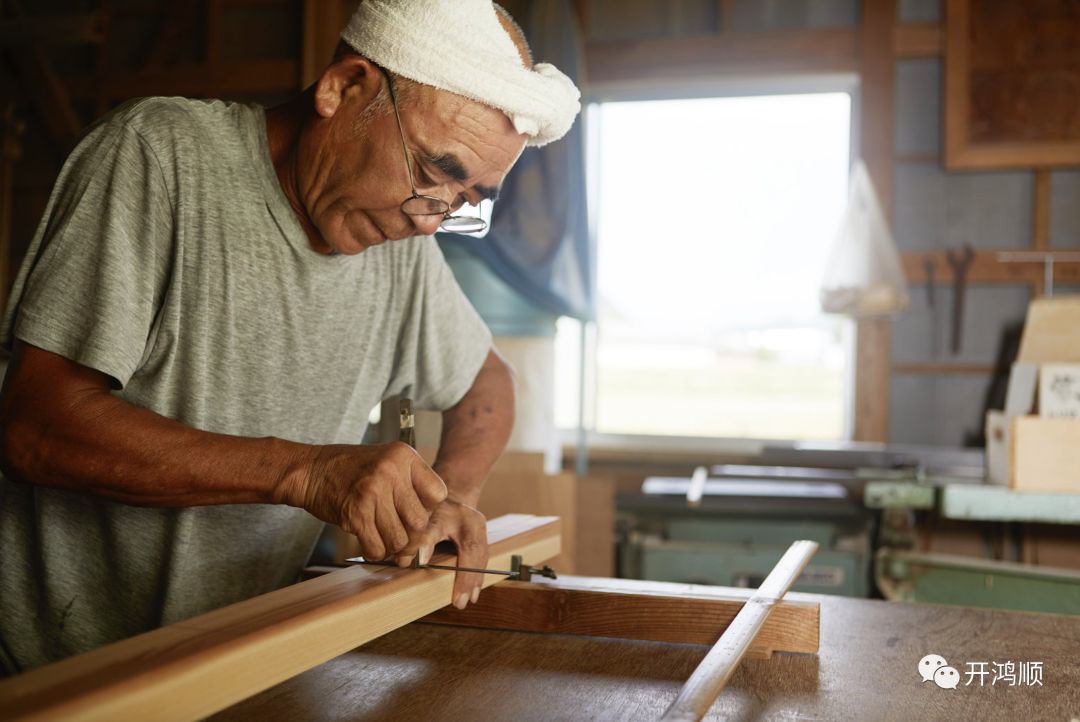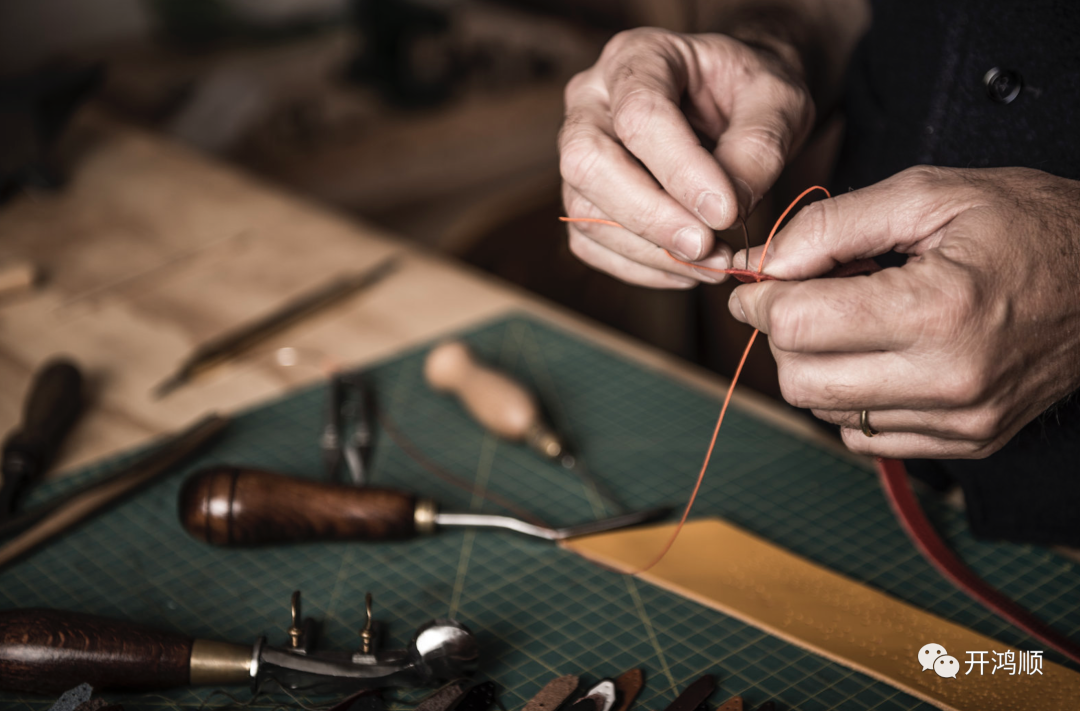KaiHongShun Studio
————————
中国古代工匠技艺的水平举世瞩目,但“重文轻工”的基调几乎贯穿了所有封建王朝的政策推行之中,以至于诸多能工巧匠,并未曾留下多少宝贵的记述。
The level of craftsmanship in ancient China has attracted worldwide attention, but the tone of “valuing literature and light industry” has almost permeated the policy implementation of all feudal dynasties, so that many skilled craftsmen have not left much valuable records.

他们中时常人才辈出,向近代科学踏出试探又伟大的一步步,只是生不逢时,更多的理性与思考被湮灭于“四书五经”之中。除了不被重用,更多时候工匠们的自由也会被王权私利所限制,甚至只能作为政府登记在籍的匠人活一辈子。
Among them, there are often many talented people. They have taken a tentative and great step towards modern science, but they were born at a bad time, and more reason and thinking were lost in the “Four Books and Five Classics”.
工匠设计的复杂古建筑
历朝历代,对于底层中手工艺人的政策管控有时宽松,有时收紧,只是总结为一句话,不过是——兴,百姓苦;亡,百姓苦。
Throughout the dynasties, the policy control over the handicraftsmen at the bottom was sometimes loose and sometimes tightened, which was just summarized as a sentence: “Prosperity, people suffer”; The people suffer because of death.

春秋——技术与思想共舞
在汉文明兴起的第一个小高潮——春秋时期,人们满足了基本的衣食住行后延伸出了更多的需求,工匠在各类器具的打造方面大显身手。
In the Spring and Autumn Period, the first small climax of the rise of the Han civilization, people met the basic needs of clothing, food, housing and transportation, and then extended more needs. Craftsmen showed great skill in making various kinds of appliances.
此时的百家争鸣运动中,手工艺人众多的墨家自成一派——其创始人墨子原是擅于制造守城器械的工匠。在这个动荡危机且自由的时代,即使贫民百姓也亦有自己的政治主张和抱负,并尽自己所能去实现。
At this time, in the movement of contending for a hundred schools of thought, the Mohist school with a large number of craftsmen formed a school of its own – its founder Mozi was originally a craftsman who was good at making city guarding instruments.

他对工匠一职的履行不单单只是囿于刻板地制作和打造,他在力学、几何学、光学等学科均有自己的经验总结和实践。《墨经》中所提出的”端“、“尺”、“区”、“穴”等概念,大致同近代几何学上的点、线、面等相近;而墨子和其学生也做出了世界上最早的小孔成像实验,探究”光沿直线传播“的奥秘。
His performance of the job of craftsman is not only limited to rigid manufacturing and manufacturing, but also has his own experience and practice in mechanics, geometry, optics and other disciplines…
英国汉学家李·约瑟曾指出:“墨家思想所遵循的路线如果继续发展下去,可能已经产生欧几里得几何体系了。”
British sinologist Lee Joseph once pointed out that “if the line followed by Mohism continues to develop, it may have produced Euclidean geometry system.”

唐朝——阶层固化的悲哀
与春秋时期不同,唐代法令开始强调“士农工商”四民的高低贵贱。《旧唐书》记载:“工商杂类,不得预于士伍。”此时工商从业者不仅被要求不得入仕,其职能也被列为“杂类”,可见身份低微。
Different from the Spring and Autumn Period, the Tang Dynasty decrees began to emphasize the high and low status of “scholars, farmers, industry and commerce”. The Old Book of the Tang Dynasty recorded that “industrial and commercial workers are not allowed to enter the civil service before the scholars.” …
唐中央政府设三省六部以治理天下,手工匠人则由工部统管。他们都有特定的名籍在册,以便官府随时调遣。出于国家政权和上层统治集团奢侈性消费的需要,唐代官府对工匠们的控制十分严格。但随着时代向前发展,“纳资代役”(以金钱代替服役)政策逐渐普遍化的情况下,手工业者的固有身份也逐渐松动,甚至可以摆脱原有的工匠身份,走上“入仕”之路。
The central government of the Tang Dynasty set up three provinces and six ministries to govern the world, while the craftsmen were under the control of the Ministry of Industry…

明清——大落大起之间
明朝工匠处境进一步紧收。它承袭了元朝的匠籍制度,匠户身份父死子继,役皆永充。除非官府放免,否则只能终身为匠,子孙也不能脱离工匠身份。被编入匠籍的人,需要按照“匠不离局”的规定,终身只能在官营手工业中被强制劳动,依附于封建王朝,没有决定自己人生的自由。
The situation of artisans in the Ming Dynasty was further tightened. It inherits the craftsmanship system of the Yuan Dynasty. The craftsmanship status of the father and the son is permanent…
“每日绝早入局”“抵暮方散”是匠户的工作常态,工作繁重之外,也会受到官府的压榨剥削,官员们往往会巧立名目,“捕风捉影,蚕食匠户,以供衣膳”,一部分生活艰难的底层匠户常常衣食不济,甚至质典子女以维系生活。
“Getting into the office early every day” and “scattering at dusk” are the normal work of artisans. In addition to the heavy work, they will also be exploited by the government. Officials often make a name for themselves, “catching shadows and cannibalizing artisans to provide clothing and food”.

政府为维护官营手工业的生产秩序,对工匠管理严密。《大明律》中针对工匠的法律条文多以惩罚为特质。在这样严苛的制度下,匠户消极怠工或者逃亡来脱离匠籍身份的行为屡见不鲜。正统三年各处逃匠四千二百五十五人,正统十年逃匠万人,景泰元年逃匠三万四千八百多……尽管针对此类情况颁布了“清理勾补”的相应政策,依旧无法挽回大局。
In order to maintain the production order of the government-run handicraft industry, the government strictly manages artisans. The legal provisions against artisans in the Law of the Ming Dynasty are mostly characterized by punishment.
到了清代,统治者对工匠态度更为友善。匠籍制度被废除,匠班银也被免除,官府试图以招募雇佣的方式召集工匠做工。然而大量免费劳动力和财源的损失使得朝廷财政入不敷出,匠籍和匠班银随之恢复。政策的废除和重现都过于武断和思虑不周,由此对产生了诸多不合理之处,其中之一便是匠户需要承担“民籍”与“匠籍”两种赋税。匠户逃亡再次“蔚然成风”。
In the Qing Dynasty, the rulers were more friendly to craftsmen. The artisan registration system was abolished, and the artisan class silver was also exempted. The government tried to recruit artisans to work. However.

这种情况下,清朝政府不等不再次改革,将匠班银摊入田地赋税。从此,工匠才终于摆脱了匠籍制度的捆绑与免费劳动力的提供。
In this case, the Qing government did not wait to reform again, and spread the artisanal silver into the fields to pay taxes. From then on, craftsmen finally got rid of the binding of the craftsmanship system and the provision of free labor.
清代统治者也允许“匠人留名”。工匠在作品上署款,使其幕后的身份逐渐走进大众的视线——匠人不只是制造工艺品的“工具”,其劳动价值和社会地位也因他们的作品而显现。
The rulers of the Qing Dynasty also allowed “craftsmen to leave their names”. Craftsmen sign money on their works, making their identity behind the scenes gradually come into the public's sight. Craftsmen are not only “tools” for making handicrafts, but also their labor value and social status are revealed by their works.

限 时 特 惠: 本站每日持续更新海量各大内部创业教程,一年会员只需98元,全站资源免费下载 点击查看详情
站 长 微 信: lzxmw777






